Oral minoxidil vs topical minoxidil: What is best for hair growth?
Both oral and topical minoxidil are used to stimulate hair growth, but they work differently in terms of how they are applied and how the body absorbs them.
Table of Content:
What is androgenetic alopecia? | Oral vs topical minoxidil | Topical minoxidil | Benefits | Side effects | Oral minoxidil | Benefits | Side effects | FAQ
Our commitment to producing high-quality content:
The information presented in this article is based on scientific research and the professional advice of our Content Medical Reviewers, who are experts in the field of Dermatology. How we write our content →
What is minoxidil and how does it help with hair growth?
Minoxidil is prescription medication used for the treatment of hair loss in a low dose. Minoxidil was originally developed as an oral medication to treat hypertension, but its unintended side effect of causing hypertrichosis (excessive hair growth) led to the creation of a topical formulation to stimulate hair growth.
Minoxidil dilates (widens) small arteries (blood vessels) by causing muscle cells to relax, leading to increased blood flow to the area; which is how it lowers blood pressure and stimulate hair growth1.
Today, topical minoxidil and finasteride are the only two FDA-approved and first line treatments for androgenetic alopecia2. Despite its widespread use, the exact way in which minoxidil works is still not completely understood.
What is androgenetic alopecia (pattern baldness)?
Androgenetic alopecia (also known as pattern baldness) is the most common cause of hair loss and it affects up to 50% of men and women3. It is a hormonal-related type of hair loss and a genetic disorder caused by an excessive response to androgen hormones4. This disorder is characterized by a gradual and progressive loss of the hair on the scalp that can occur anytime after puberty.
Androgenetic alopecia is progressive, which means it gets worse over time. However, it is also non-scarring, meaning that the hair follicles are not permanently damaged and can still produce hair5. In the case of male androgenetic alopecia, genetics account for up to 80% of susceptibility6.
In men, the hair loss is most noticeable on the top of the scalp and the hairline above the temples. In women, the frontal hairline is usually unaffected, but there is diffuse hair loss on the top of the head, which may be noticeable through a wider center parting of the hair7 8 .
If you want to learn more about this topic, read our comprehensive article: Are the different types of alopecia genetic or hereditary?
Oral minoxidil (Loniten) vs topical minoxidil (Rogaine): What is the difference?
Similarities between topical minoxidil (Rogaine) and oral minoxidil (Loniten)
Minoxidil, whether taken orally or applied topically, stimulates hair growth. Both topical and oral formulations of minoxidil are used in the treatment of hair loss9.
Differences between topical minoxidil (Rogaine) and oral minoxidil (Loniten)
Even though both medications have the same name and are used in the treatment of hair loss, there is a big difference between how the oral and topical solution work. Topical minoxidil is applied directly to the scalp and absorbed locally, while oral minoxidil is taken by mouth and absorbed into the bloodstream potentially causing systemic side effects.
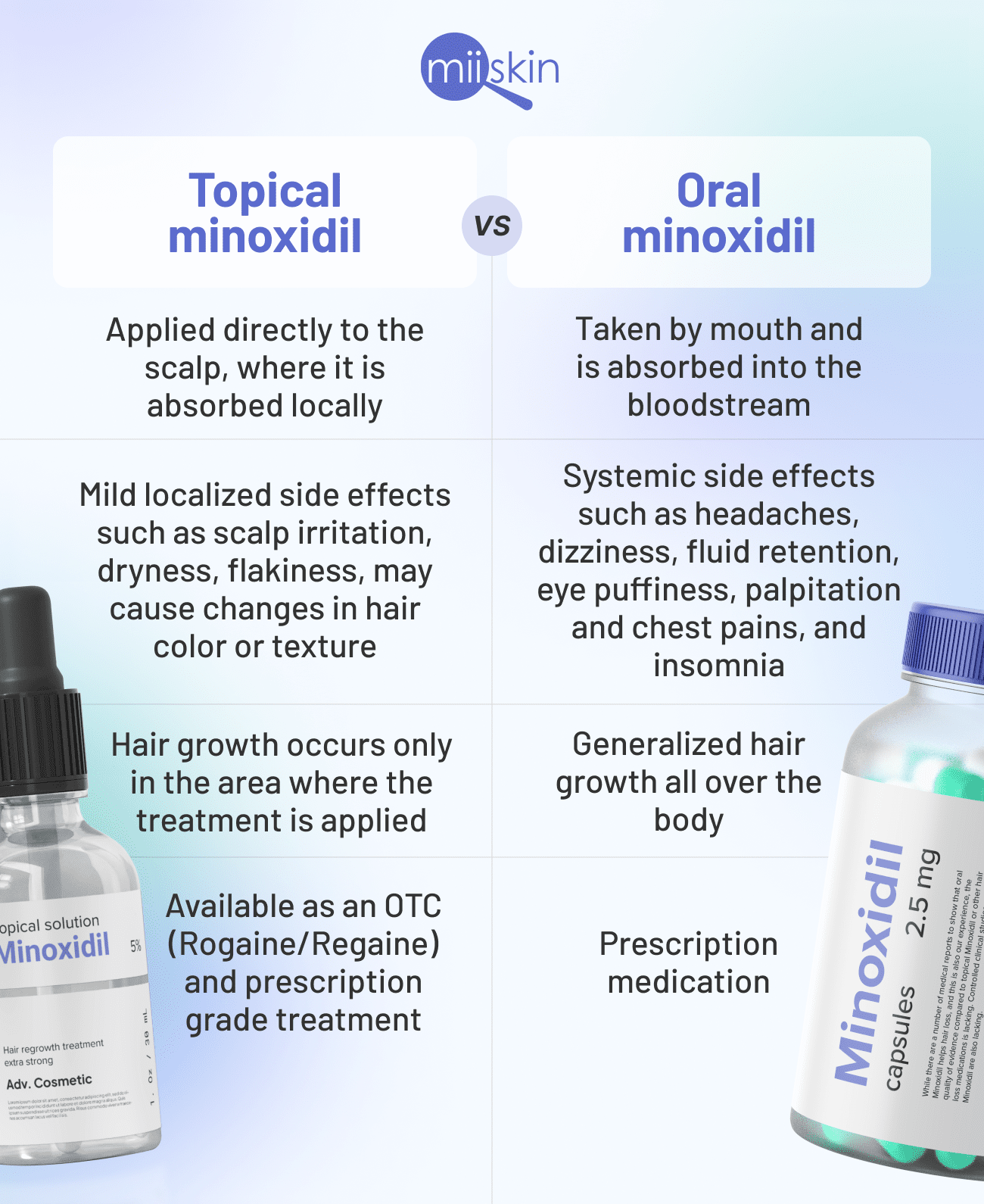
Topical minoxidil (Rogaine) for hair loss
Topical minoxidil (also known as Rogaine) is FDA-approved for the treatment of androgenetic alopecia in men and female pattern hair loss10.
It is also used off-label for the treatment of other types of hair loss such as alopecia areata, beard enhancement, chemotherapy-induced alopecia, and eyebrow enhancement, among others.
Minoxidil is a topical treatment that comes as a liquid, cream, mousse or foam form which is applied directly to the scalp, and absorbed locally. This means that when minoxidil is applied to the skin, only a very small amount of the medication is absorbed into the body; the majority of the medication remains on the scalp, where it works to promote hair growth11.
Benefits of topical minoxidil
Topical minoxidil is used to promote hair growth and decelerate androgenic alopecia, particularly in individuals under the age of 40 who have recently experienced hair loss12.
Some of the advantages of topical minoxidil include:
- Promotes hair growth and slows down hair loss
- Convenient as it is applied at home
- Safe and well tolerated by most people
- Can be used by both men and women over 18 years of age
- Relatively inexpensive
- Available as over-the-counter and prescription grade product depending on the product’s concentration)
Side effects of topical minoxidil
Topical Minoxidil is generally well-tolerated and its side effects are generally mild and can be managed by adjusting the dosage or frequency of application.
- Scalp irritation or itching: This is the most common side effect of topical minoxidil, and it can usually be managed by reducing the frequency of application or using a lower concentration of the medication.
- Dryness or flaking of the scalp: This can occur in some individuals and may be alleviated by using a moisturizing shampoo or reducing the frequency of application.
- Skin irritation: Rarely, some individuals may develop an allergic reaction to topical minoxidil, which can cause redness, rash, or swelling.
- Changes in hair color or texture: In some cases, hair that grows as a result of minoxidil treatment may be a different color or texture than the surrounding hair.
- Excessive hair growth: In some cases it can cause hair growth in unwanted areas of the face and body if it is applied by accident13.
Concentrations of topical minoxidil
Topical minoxidil can be bought over-the-counter and with prescription.
The over-the- counter topical version of minoxidil (sold under the brand name Rogaine or Regaine) is available in concentrations, ranging from 2% to 5%.
Prescription grade products can have a concentration of up to 15%
Oral minoxidil for hair loss
Oral minoxidil (also known as Loniten) is a prescription medication used for the treatment of hypertension and for this specific use the dose varies between 5 and 40 mg daily. However its unintended side effect of hypertrichosis (excessive hair growth) in patients during clinical trials led to its exploratory use as a hair loss treatment14.
Currently, a low-dose of oral minoxidil is used off-label for the treatment of hair loss, but the major concern regarding the use of minoxidil pills for this purpose is the potential risk of adverse systemic effects.
Recent studies have shown promising results exploring the use of low-dose oral minoxidil (0.25-5 mg/day) for the treatment of alopecia, while keeping adverse reactions at bay15 16 17 .
Benefits of oral minoxidil for hair loss
The low-dose of oral minoxidil may be considered as an alternative for people who have not responded to other hair loss treatments.
Some of the advantages of low-dose oral minoxidil include:
- Stimulates hair growth
- Slows down hair loss in people with androgenetic alopecia, which can help to preserve hair density and improve overall hair appearance.
- Suitable for both men and women
Minoxidil tablets can only be purchased with a prescription and should only be used under medical supervision.
Side effects of oral minoxidil for hair loss
A research conducted with a total of 1,404 patients (943 women and 461 men) that were treated for hair loss with a low-dose of oral minoxidil for at least 3 months revealed that in most cases, patients did not experience any severe side effects18.
The most common side effects experienced during the study included:
- Dizziness
- Fluid retention
- Tachycardia (palpitations and chest pains)
- Headaches
- Periorbital edema (eye puffiness or swelling around the eyes)
- Hypertrichosis (generalized excessive hair growth
- Insomnia19
FAQ about topical minoxidil and oral minoxidil for hair loss
Is topical minoxidil safer than oral minoxidil?
Since its effects remain local, topical minoxidil is considered safer than oral minoxidil which may cause systemic side effects20.
Minoxidil – usage and dosage
What is the best oral minoxidil dose for hair loss?
To keep adverse side-effects at bay while stimulating hair growth, a low-dose oral minoxidil ranging between 0.25 to 5 mg per day is indicated for hair loss21.
For a comprehensive understanding of the recommended starting doses of oral minoxidil in the context of hair growth for both men and women, as well as the potential implications of missed or doubled doses, we invite you to explore our in-depth article on ‘Low Dose Minoxidil for Hair Loss in Men and Women.
Minoxidil – where and how to buy
Is oral minoxidil over the counter (OTC)?
No, oral minoxidil is not over the counter. It can only be purchased with a prescription and should only be used under medical supervision due to potential systemic side effects.
Where to buy oral minoxidil for hair loss?
You can request a prescription for oral minoxidil by having a photo-based consultation with an online dermatologist, starting at $59. Your provider will get back to you in less than 2 days.
What is the price for oral minoxidil and topical minoxidil?
The price for generic oral minoxidil 2.5 mg (which is the typical dose use for hair loss) varies from $30 to $40*.
The price for topical minoxidil varies between $20 to $70*.
*The price range listed here is just an estimation. Medication prices may vary depending on the state and the pharmacy selected. Miiskin is not responsible and cannot influence the price of the medication as it is independent from these entities.
What to do if minoxidil expires?
According to official FDA guidelines, you should not use oral or topical minoxidil if it is past is expiration date or if it has been open for more than 12 months.
This page is also available in Spanish: Minoxidil oral o tópico
Consult a Board-Certified Dermatologist Now!
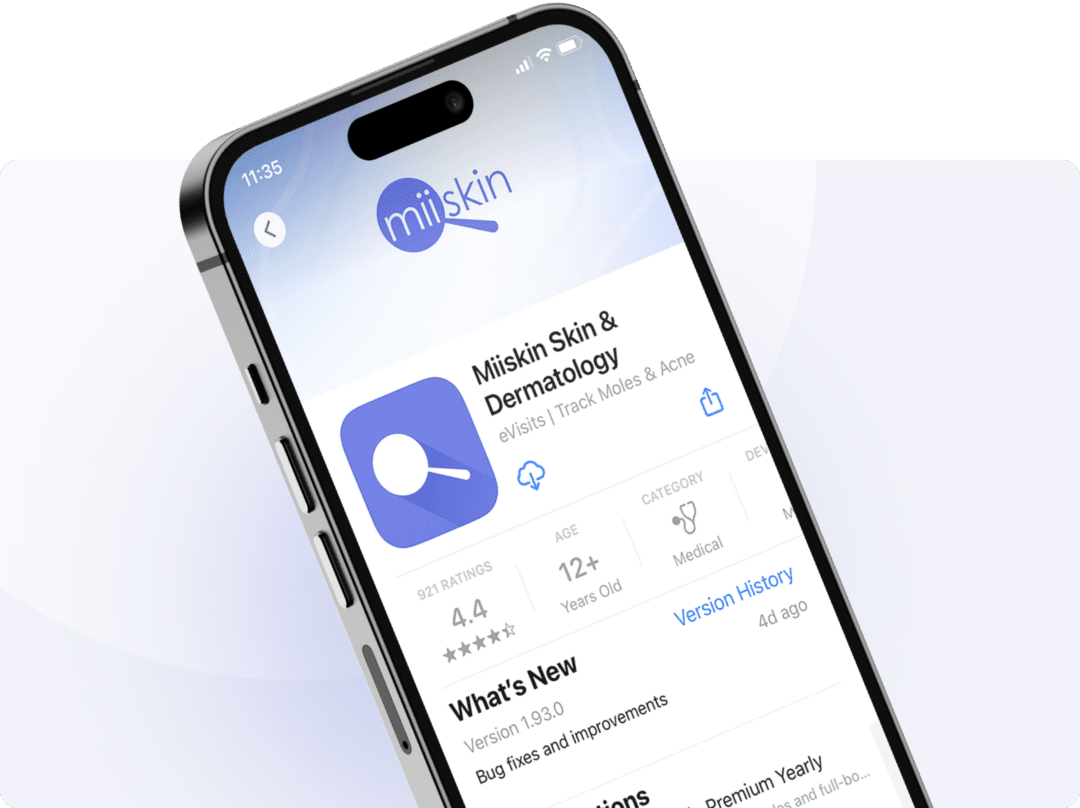
Download the Miiskin app to connect with independent, board-certified dermatologists who are licensed in your state. Answer a few questions, upload some photos and get a treatment plan in 1-2 days. Consultation price is $59 and medication renewals are only $39.
Online dermatology care is ideal for chronic dermatology conditions.
Article References:
https://www.ncbi.nlm.nih.gov/pmc/articles/PMC6691938/
https://www.sciencedirect.com/science/article/abs/pii/S0190962217303067
https://pubmed.ncbi.nlm.nih.gov/11702296/
https://www.ncbi.nlm.nih.gov/books/NBK430924/
https://pubmed.ncbi.nlm.nih.gov/27554257/
https://www.ncbi.nlm.nih.gov/books/NBK278957/
https://medlineplus.gov/druginfo/meds/a689003.html
https://www.ncbi.nlm.nih.gov/books/NBK482378/
https://www.aad.org/dw/dw-insights-and-inquiries/archive/2022/low-dose-oral-minoxidil-alopecia
https://www.sciencedirect.com/science/article/abs/pii/S0190962221004187
https://www.ncbi.nlm.nih.gov/pmc/articles/PMC7649170/


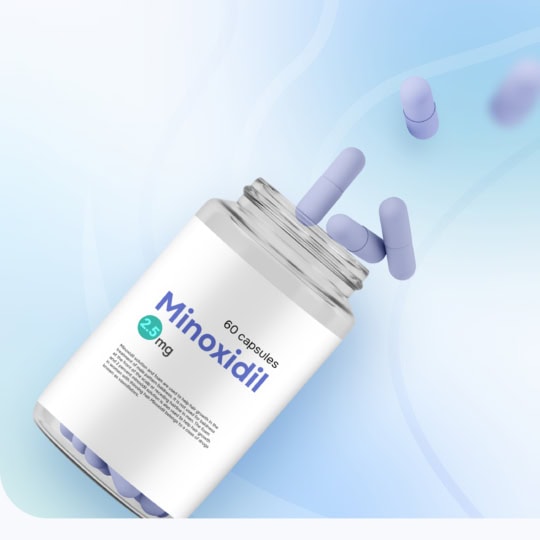
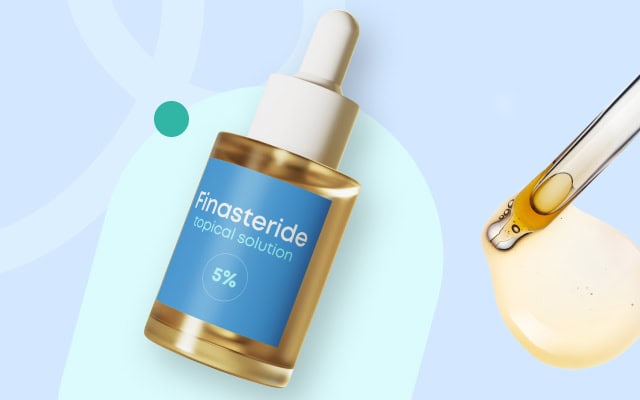
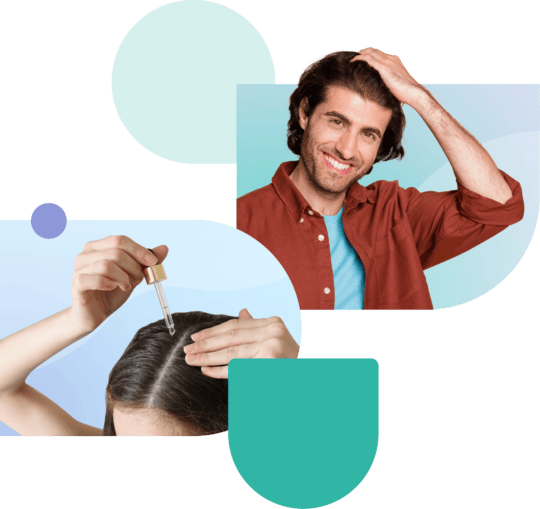
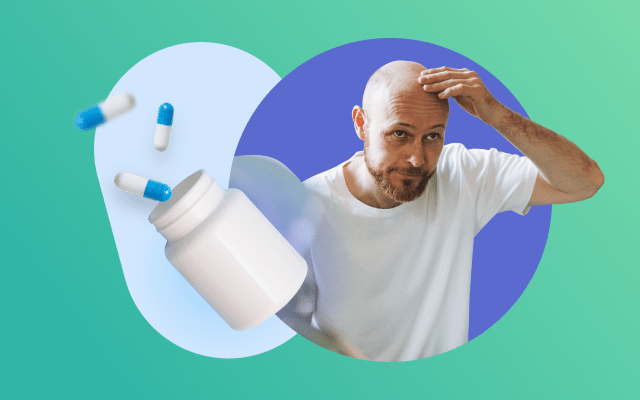
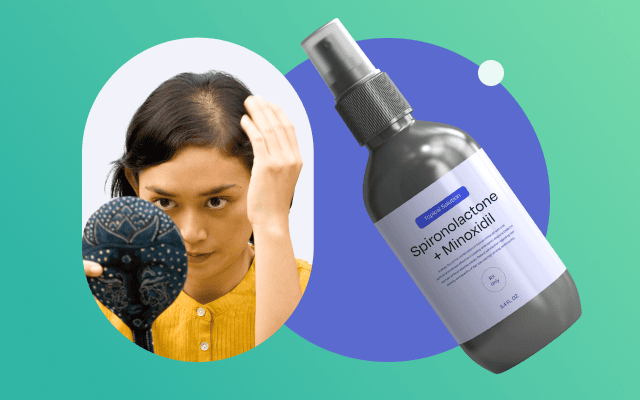
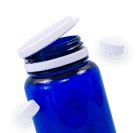 Request an oral minoxidil prescription for hair growth!
Request an oral minoxidil prescription for hair growth!